I’m really pleased with how much more drawing I am doing in my sketchbooks lately, so I thought I’d share a few drawings.
Keeping several sketchbooks for different things is really working for me. At the moment I have about four, I say about because the fourth one is kind of secret; the only rule is that no-one sees it, ever. The three you will get to see contain anatomy, quick poses and everything else (everything else always ends up as the most interesting).
It seems a shame to select drawings from a sketchbook; I always think part of the enjoyment of looking through a sketchbook is seeing all of it. I really enjoy the integrity of a sketchbook as an object, that can be touched and turned around. There is something important for me, about the interconnectedness of the images inside. I don’t mean that the sketches are all the same subject, location or time period. But there is something that is implied about the you that you were then, when you made those drawings. I get a stronger sense of this looking at other peoples sketchbooks, or even my own sketchbooks from years ago. Sketches seem to access or express some kind of intrinsic personal zeitgeist. When I look at those old sketches, a student bedsit, the pub I worked in whilst at college, a student trip to Paris, I can remember so clearly being in those places sat/stood making those drawings. They are so rooted in my experience of being there that they offer such continuing lucidity.
When I am old and forgetful I will have my life in sketchbooks, I will simply tell my visitors to select the one related to them and perhaps be able to remember who they are and why they are coming to see me.
A great sketchbook exercise which was recommended to me this term at LARA involves taking freeze frames from films and drawing thumbnails of them to analyse the composition, lighting and other visual effects. I really enjoyed this and there were a couple of films and series that I immediately thought; ‘Yes, I loved the lighting on that,’ or, ‘I really liked how they made that look so dramatic.’ It’s something that when I thought about it was obvious, these media are constructed to lead and direct the viewer to specific ideas and conclusions about what they are seeing – so by deconstructing those images I can learn how they did it, and how to produce those effects in my own work.

A couple of weeks later we had a drawing day at the National Gallery where we did a similar exercise. It was fascinating to compare and relate the two media, in terms of how these qualities were manipulated to produce a specific mood or feeling. I really love beginning to discover how these things work and how beautifully crafted they are.
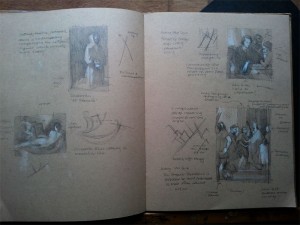
Films and paintings are a huge constrast in some ways, of which time must be the biggest; from something that you see for fractions of a second to something that you might live with for decades, or centuries in societal terms. Perhaps you could read a painting as a film, taking the narrative and characterisations, the sequences of events and archetypes, or perhaps a painting of a film. That may come close to the role of some ‘history’ paintings, depicting mythological subjects and stories. It would be an interesting exercise to attempt.
In the spirit of exploration I did thumbnails with music videos as well for comparison. The seemed denser, almost to the point of shorthand, codified with multiple layers of visial references.

Paintings often contain multiple layes of references some of which are accessible to contemporary audiences, others less so and some inevitably lost forever.
The comparison of media becomes strangely elastic, expanded or compressed, dotted with references and connected with a multitude of spider web links, as layer upon layer of human history interpreted and re-interpreted, with links broken or reinforced. No wonder masterworks are so enduring, they are not static as I had assumed but constantly evolving for each generation and each new viewer.

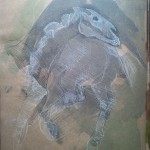
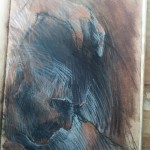
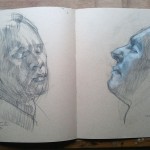

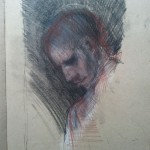
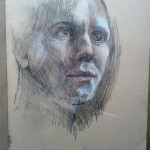

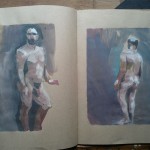
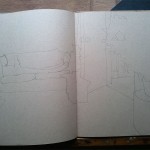

Pingback: Fast figure drawings sketchbook 1 | Metadrawer